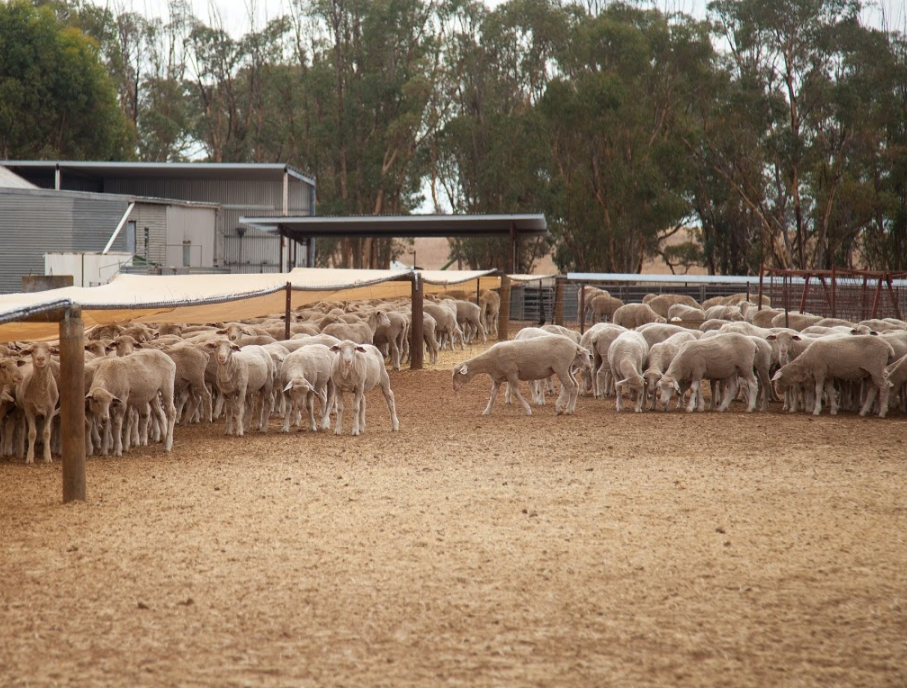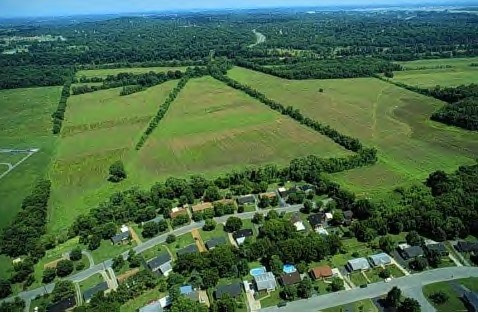Livestock and animals courses
Electronic identification (EID) 101
EID101 is an introduction to the world of electronic identification (EID). It covers the technology used and potential applications within the livestock industry. Discover how you can use EID in your sheep enterprise with EID101.
There are four modules to complete:
- Define Your Data (DYD). The importance of planning to get the information you need.
- Understanding EID technologies. What is available and what do you need to get started.
- Quality data. Collecting accurate data and effectively managing it.
- Decisions with data. Precision management using individual animal data.
This course has been produced by Agriculture Victoria with co-funding from MLA Donor Company.
Stock Containment Areas
 This Stock Containment Area short course provides Victorian farmers with key information to help them better prepare and respond to dry seasonal conditions and other emergencies before critical decisions need to be made.
This Stock Containment Area short course provides Victorian farmers with key information to help them better prepare and respond to dry seasonal conditions and other emergencies before critical decisions need to be made.
Topics include:
- What is a stock containment area?
- Why use a stock containment area?
- Other uses of a stock containment area
- Are you up for the task?
- Site selection
- Design
- Water
- Feeding
- Shade and shelter
- Management
This course takes approximately 30 minutes to complete.
PLANET: Planning for Sustainable animal industries
 The PLANET course: Planning for Sustainable animal industries is designed to inform planners of the new planning framework for Victoria’s animal industries.
The PLANET course: Planning for Sustainable animal industries is designed to inform planners of the new planning framework for Victoria’s animal industries.
The course provides:
- An introduction to the planning framework for Victoria’s animal industries
- Information and tools that will enable planners to make informed decisions for animal industries
- Information and tools to enable planners to assess planning permit applications for animal industries
Farm Water Management
 Water is essential for running a livestock business. It has a significant impact on stock welfare, farm productivity and business profitability.
Water is essential for running a livestock business. It has a significant impact on stock welfare, farm productivity and business profitability.
This course has three sessions designed to teach you how to calculate your livestock drinking requirements and explain the hydraulic principles to supply ample water, that will help you plan your farming enterprise into the future. The sessions will help you assess your options both in the short-term as well as help you plan into the future. Each session has components that are interactive and informative. You can proceed at your own pace at a time that is convenient for you. You are able to do the modules that interest you and do them as often as you need.
Sessions include:
- Session 1: Dry Seasonal Conditions – Farm Water Planning
- Session 2: Principles of Farm Water Reticulation
- Session 3: Installation Tips and Pumps
Greenhouse Gas Emissions on Dairy Farms: What's in it for me
 All food and fibre farms produce some form of greenhouse gas emissions that contribute to increasing concentration of greenhouse gases in the atmosphere. These additional heat trapping gases are increasing global temperatures and causing other changes in local (and global) climates, including a rise in average daily temperatures over time and less predictable seasonal rainfall patterns.
All food and fibre farms produce some form of greenhouse gas emissions that contribute to increasing concentration of greenhouse gases in the atmosphere. These additional heat trapping gases are increasing global temperatures and causing other changes in local (and global) climates, including a rise in average daily temperatures over time and less predictable seasonal rainfall patterns.
This course will increase your awareness of the impact of greenhouse gas emissions and the sources from dairy farming and detail practical management options to lower farm emissions and also reduce operational costs for a win-win outcome.
This course will take approximately 30 minutes to complete.
View Greenhouse Gas Emissions on Dairy Farms online courseFurther information
For help with the Agriculture Victoria Learning Management System please contact learning@agriculture.vic.gov.au